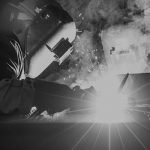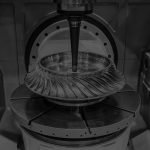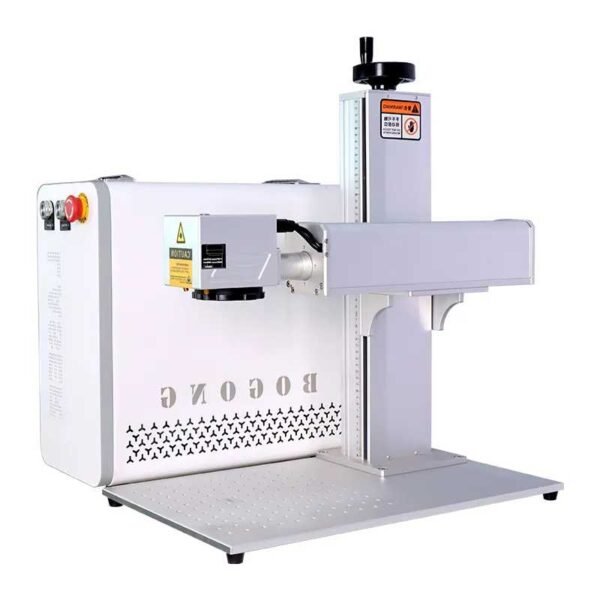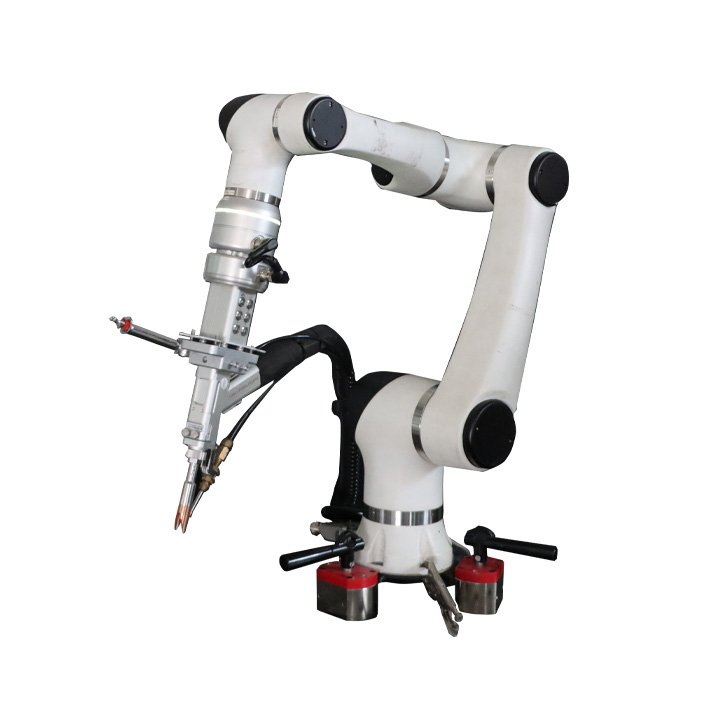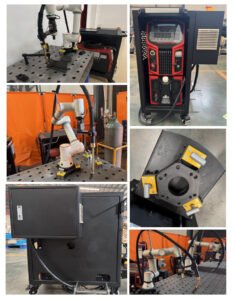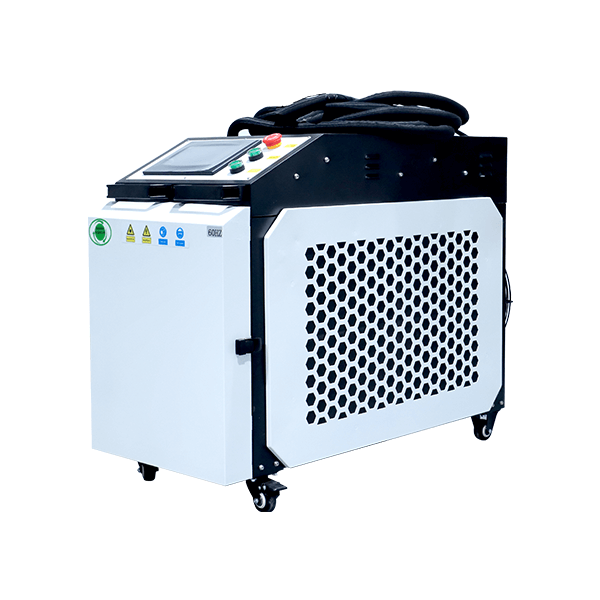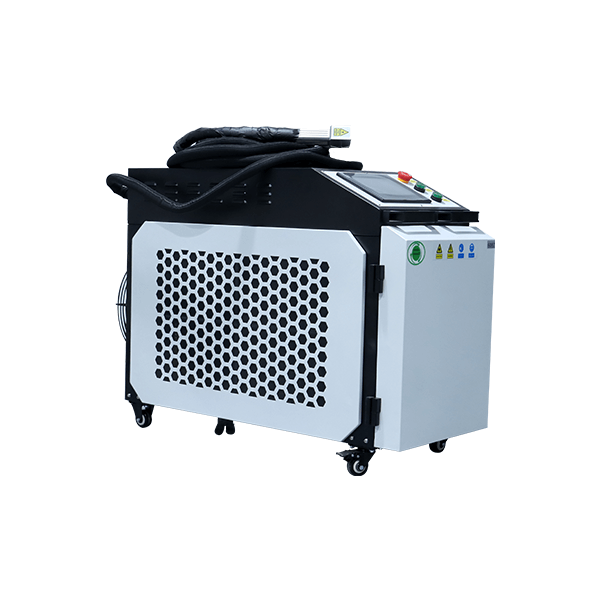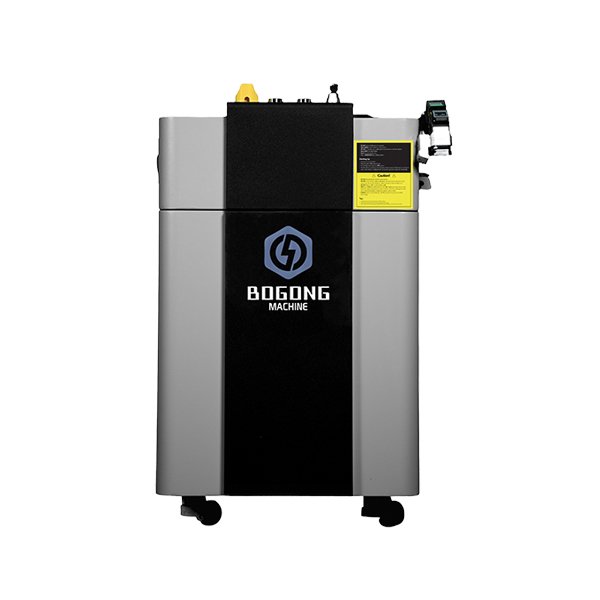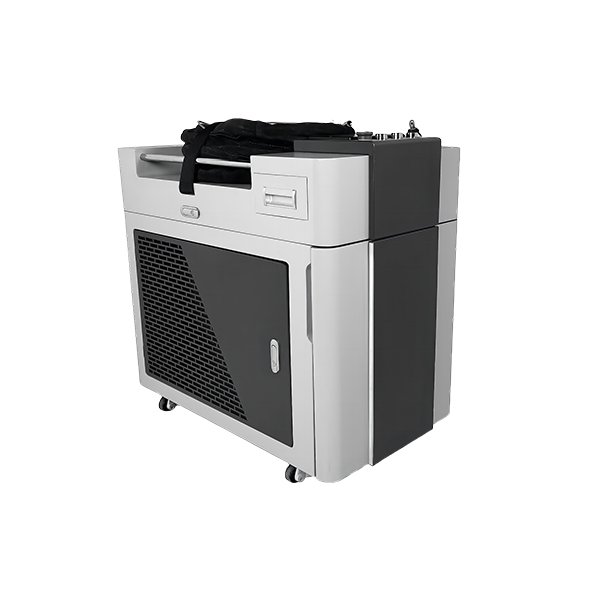What is a welding cobot?
A welding cobot, or collaborative robot, is a type of robotic system designed to work alongside human operators in a welding environment. Unlike traditional industrial robots, which often operate in isolation due to safety concerns, cobots are engineered to safely interact with human workers. Here are some key features and benefits of welding cobots:
- Segurança: Cobots are equipped with sensors and safety features that allow them to detect human presence and stop operation to prevent accidents.
- Facilidade de uso: Many welding cobots are designed for simple programming and operation, making them accessible to users with varying levels of technical expertise.
- Flexibility: Cobots can be easily reprogrammed or relocated to different workstations, allowing for versatile applications in various welding tasks.
- Increased Efficiency: By taking over repetitive or strenuous welding tasks, cobots enhance overall productivity and allow human workers to focus on more complex or demanding tasks.
- Precision: Welding cobots can perform consistent and high-quality welds, reducing the likelihood of defects and improving product quality.

What is the difference between a robot welder and a cobot?
- Operating Environment:
- Robot Welder: Typically designed for high-speed, high-volume production environments. They operate in dedicated workspaces, often behind safety barriers, and require isolation from human workers.
- Cobot: Designed to work safely alongside human operators in the same workspace. Cobots are equipped with safety features that allow them to stop operation if a person comes too close.
- Safety Features:
- Robot Welder: Safety measures include physical barriers and safety interlocks to prevent human interaction during operation.
- Cobot: Features built-in sensors and soft edges that allow them to detect human presence, enabling them to work collaboratively without barriers.
- Programming and Usability:
- Robot Welder: Often requires complex programming and setup, which may necessitate specialized skills or training.
- Cobot: Generally designed to be user-friendly, often allowing operators to program them using simple interfaces or through teaching modes without extensive technical knowledge.
- Application Flexibility:
- Robot Welder: Best suited for consistent, repetitive tasks in a specific application, typically within a fixed production line setup.
- Cobot: More adaptable and can be easily reconfigured for different tasks or moved to various workstations, making them suitable for smaller runs and varied applications.
- Cost:
- Robot Welder: Often more expensive due to their higher complexity and capability for high-volume tasks.
- Cobot: Generally more affordable and cost-effective for small to medium enterprises looking to automate some aspects of production without large investments.
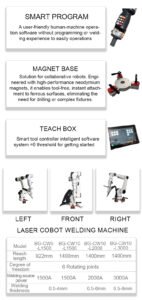
Laser cobot welding machine parameter
| Model |
BG-CW5-L1500 |
BG-CW10-L1500 |
BG-CW10-L2000 |
BG-CW10-L3000 |
|
Reach length
|
922mm |
1400mm |
1400mm |
1400mm |
|
Degree offreedom
|
6 Rotating joints
|
|
Welding sourcepower
|
1500A |
1500A |
2000A |
3000A
|
| Welding thickness |
0.5-4mm |
0.5-6mm |
0.5-8mm
|
Advantages:
1. Welding robot can work in harmful environment.
2. It can runs 24 hours, and greatly improve the production efficiency.
3. Stabilize and improve the welding quality of work pieces.
4. Reduced requirements for workers to operate skills.
5. Simple operation, convenient for users.
Application:
Applicable to stainless steel, carbon steel, iron plate, aluminum, copper, alloy, steel, galvanized, etc. It is widely used in
complex and irregular welding processes in cabinets, kitchens and bathrooms, stair elevators, shelves, ovens, stainless steel door
and window guardrails, distribution boxes, stainless steel home appliances and other industries
Machine demonstration
Product application scenarios demonstration

FAQ
- Are you a factory or a trading company?
We are a professional laser equipment supplier with our own design and R&D team and can provide customized services.
- What is the warranty period?
The whole machine has a 1-year warranty, and the laser source has a 2-year warranty. If any problem occurs within the warranty period, we will resolve it as soon as possible.
- How thick can 1500W–3000W lasers weld?
The typical weldable thickness range is 1–8 mm. Actual welding results depend on material type, joint configuration, and process parameters. For precise recommendations, please provide the material type and part drawings.
- Is there a wire feeder?
We offer an optional wire feeder. If you need more information or pictures, please leave your email address and we will send detailed materials by email.
- Are your products certified?
Our products are certified to CE, RoHS, and FDA standards.
- What payment methods do you accept?
We accept the following payment methods: T/T (bank transfer), Western Union, VISA, and online bank payment.




